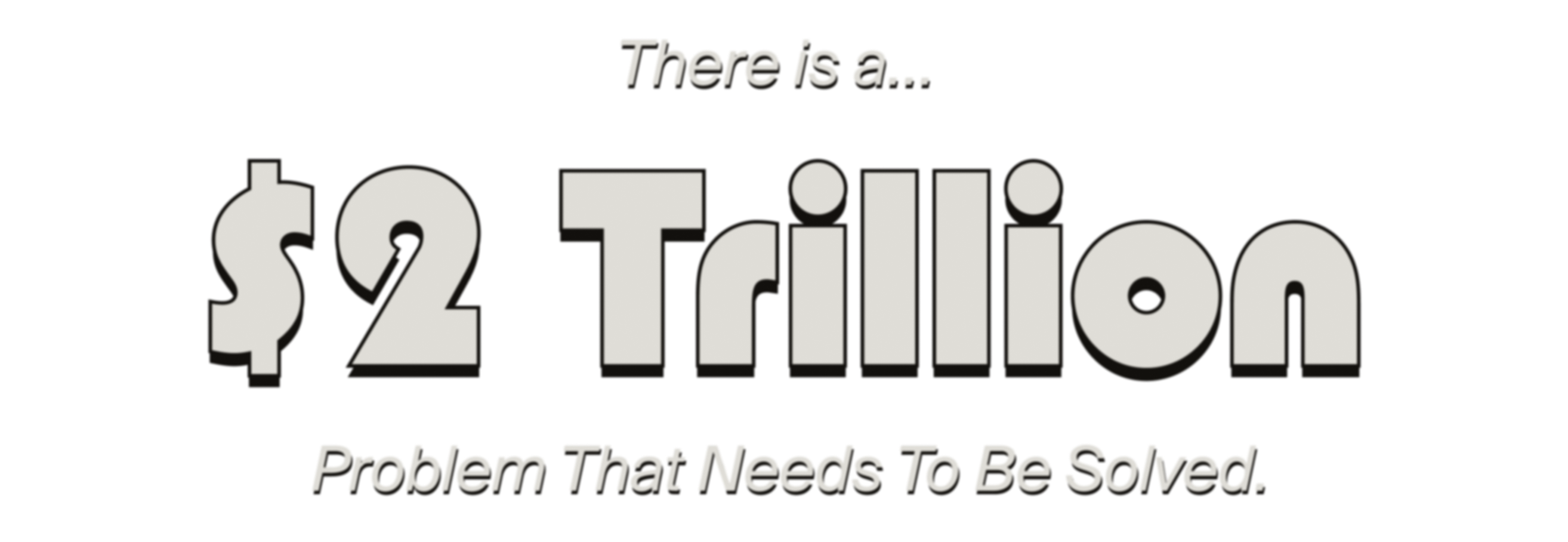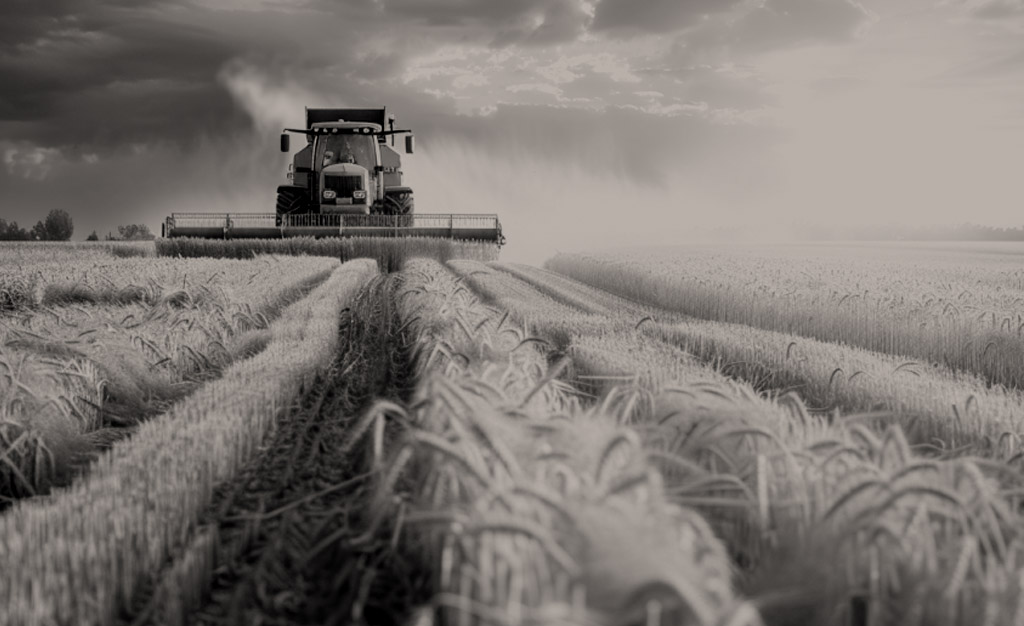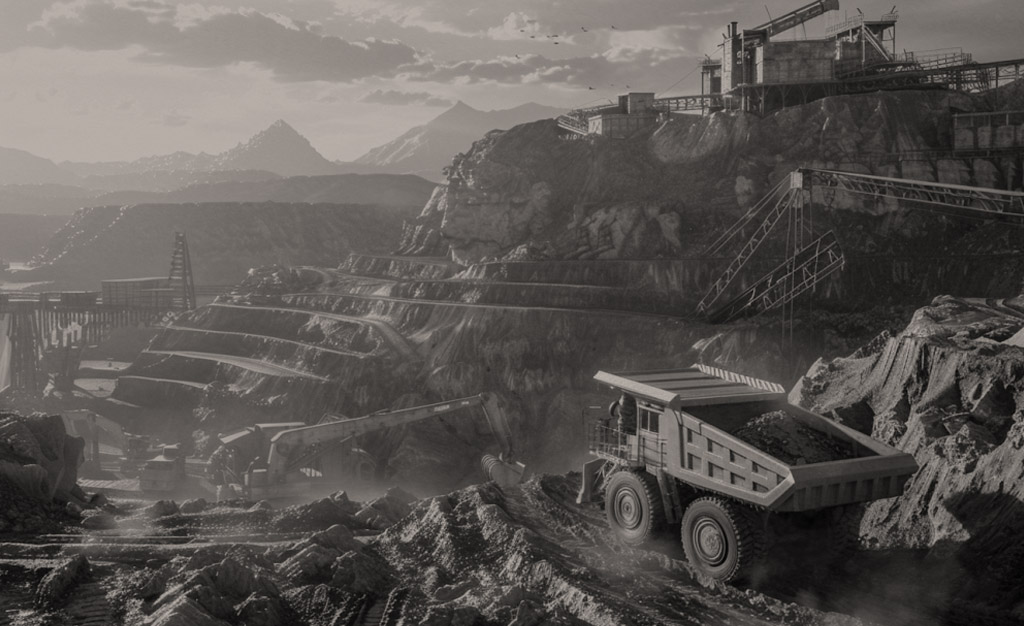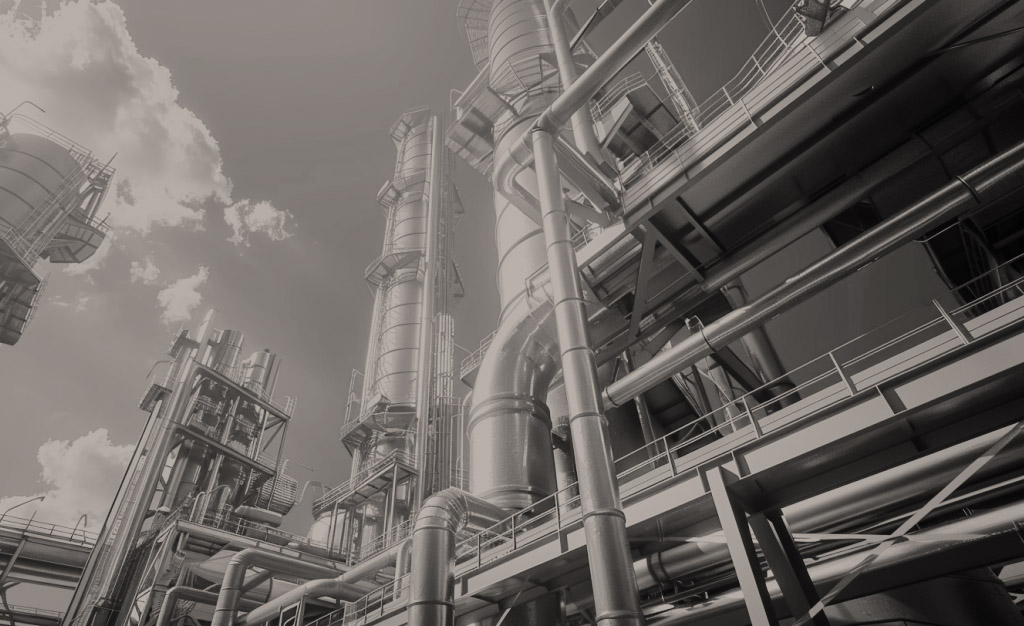/EXE:> EXTRACT FROM [TEKNOIR RESOURCE FOLDER INTERNAL]
/EXE:> EXTRACT FROM [TEKNOIR RESOURCE FOLDER INTERNAL]
/EXE:> EXTRACT FROM [TEKNOIR RESOURCE FOLDER INTERNAL]
/EXE:> EXTRACT FROM [TEKNOIR RESOURCE FOLDER INTERNAL]
/EXE:> EXTRACT FROM [TEKNOIR RESOURCE FOLDER INTERNAL]
/EXE:> EXTRACT FROM [TEKNOIR RESOURCE FOLDER INTERNAL]
/EXE:> EXTRACT FROM [TEKNOIR RESOURCE FOLDER INTERNAL]
/EXE:> EXTRACT FROM [TEKNOIR RESOURCE FOLDER INTERNAL]
/EXE:> EXTRACT FROM [TEKNOIR RESOURCE FOLDER INTERNAL]
/EXE:> EXTRACT FROM [TEKNOIR RESOURCE FOLDER INTERNAL]
/EXE:> EXTRACT FROM [TEKNOIR RESOURCE FOLDER INTERNAL]
/EXE:> EXTRACT FROM [TEKNOIR RESOURCE FOLDER INTERNAL]
/EXE:> EXTRACT FROM [TEKNOIR RESOURCE FOLDER INTERNAL]
/EXE:> EXTRACT FROM [TEKNOIR RESOURCE FOLDER INTERNAL]
/EXE:> EXTRACT FROM [TEKNOIR RESOURCE FOLDER INTERNAL]
/EXE:> EXTRACT FROM [TEKNOIR RESOURCE FOLDER INTERNAL]
/EXE:> EXTRACT FROM [TEKNOIR RESOURCE FOLDER INTERNAL]
/EXE:> EXTRACT FROM [TEKNOIR RESOURCE FOLDER INTERNAL]
/EXE:> EXTRACT FROM [TEKNOIR RESOURCE FOLDER INTERNAL]
/EXE:> EXTRACT FROM [TEKNOIR RESOURCE FOLDER INTERNAL]












